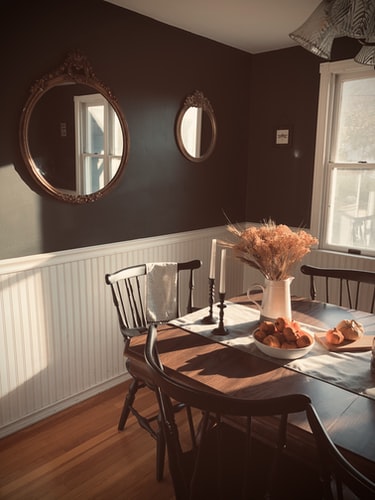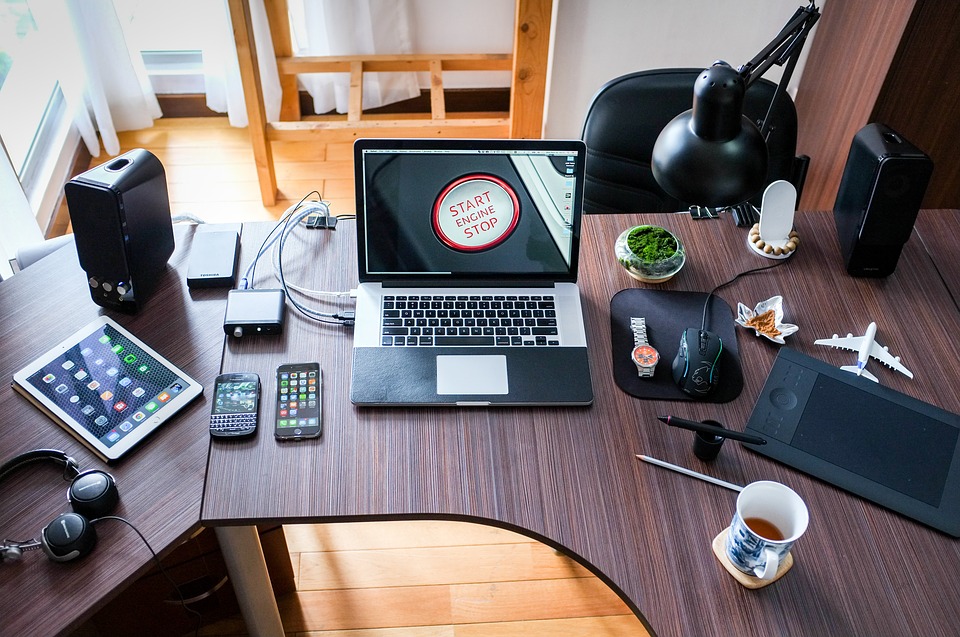Are you searching for vintage and antique home decorating ideas? There are tons of ways to showcase your valuable finds in your home, from making furniture out of suitcases to using an old workbench for a kitchen island. Here is our guide to help you create an antique or vintage home!
Feature Exposed Brick Walls
In the colonial period, bricks were commonly used to build chimneys. The bricks’ contrasting shades of red and blue-black appear in nearly all architectural styles that followed.
There is no need for mason skills, cement mixing, or troweling when installing 12.5-inch-thick veneers on mesh backings. A sneaky yet effective little trick you can do, with no need for demolishing.
Kitchen Countertops And Cabinets – INSERT LINK HERE-
In kitchens along the East Coast, countertop materials such as soapstone and marble started replacing wood in the 1800s. Even though it’s durable, stone must be protected against stains.
Laminate now has realistic rounded or beveled edges, upping its faux-stone cred with prices the same as real stone and with little maintenance. Thus, it looks much like something that might have been in a 19th-century kitchen.
Don’t skip on the kitchen cabinets. They’re just as important as the countertops to give that antique feeling to your home. Using antique white finish kitchen cabinets will finish your kitchen nicely.
Wide-plank Wooden Floors
With the advent of the Industrial Revolution, the first uniformly milled tongue-and-groove wood flooring was created for Italianate and Gothic Revival homes. Since then, hardwood has been on the charm list, but the real thing isn’t always a practical choice for hardworking kitchens.
Thanks to an ink-jet printer that uses two or three layers of glazing (depending on the kind of wood) porcelain tiles can now be used to mimic flat sawn boards.
They are resistant to spills and stains and create the natural look of random-length wood planks. Make sure to stagger the joints at least 12 inches course to course.
Vintage Looking Claw-Foot Tubs
Originally bonded porcelain and cast iron, porcelain claw-foot tubs became the norm after World War I, graced by many homes in eras like Colonial Revivals, Tudors, and Neoclassicals. Despite being beautiful, some of these tubs aren’t exactly transportable so make sure you have the means to maneuver them in your home.
Use Old Lockers For Your Drop Zone
Set up a drop zone with old lockers as the first thing guests see when they walk in to showcase your antique home decor. If you have children, each of them can have their own space, which will keep shoes, coats, and any extra items off the floor.
Feature An Apothecary Cabinet
Traditionally, apothecaries tended to store medicines and tools in small compartmented drawers and cabinets used by pharmacists and physicians.
Apothecary cabinets can maximize storage space and give that vintage living room look. The table can be used in a hallway or behind a couch. As an alternative, you could also use it to store stationery in an office at home by placing it on top of a sturdy desk.


